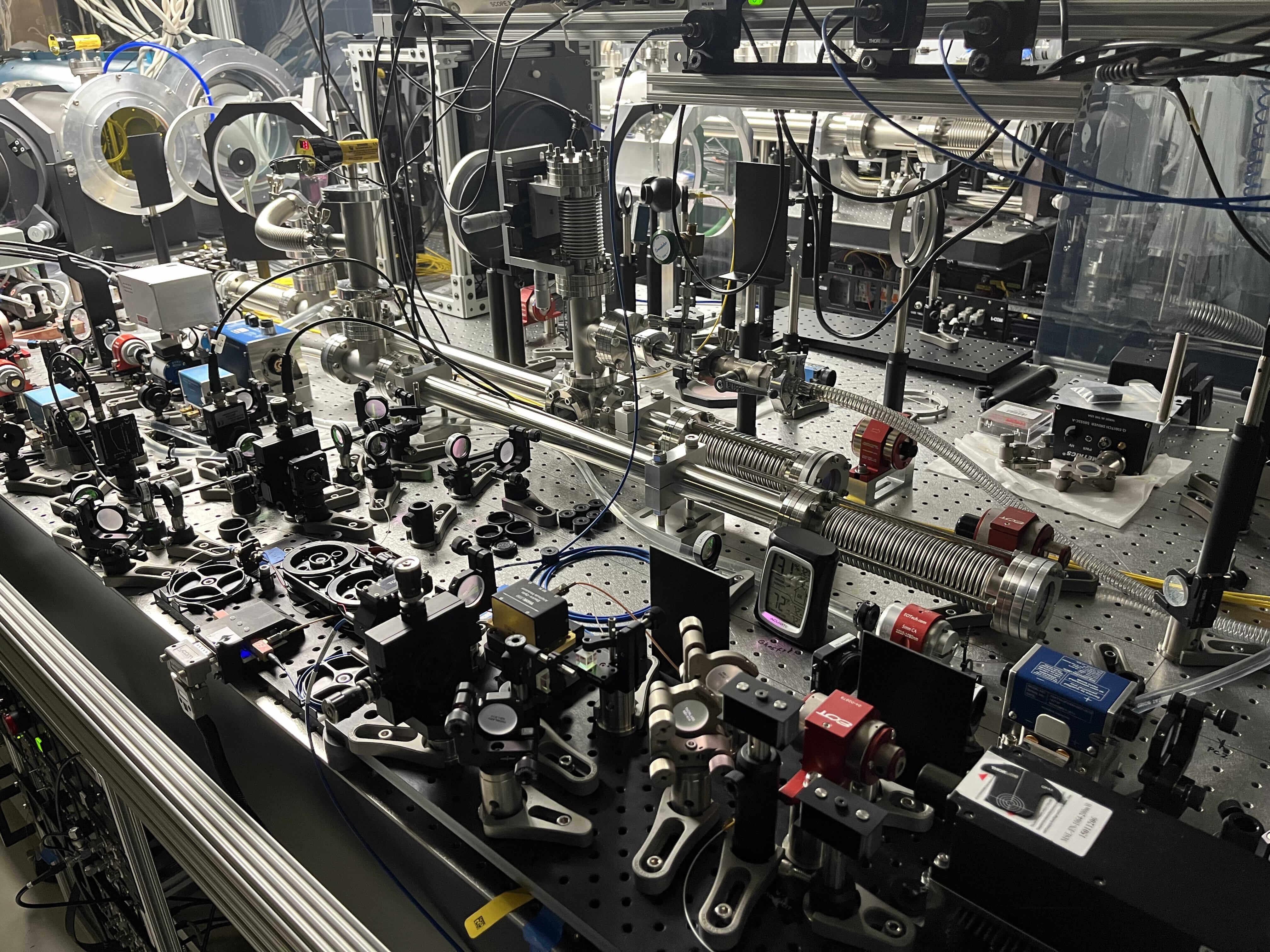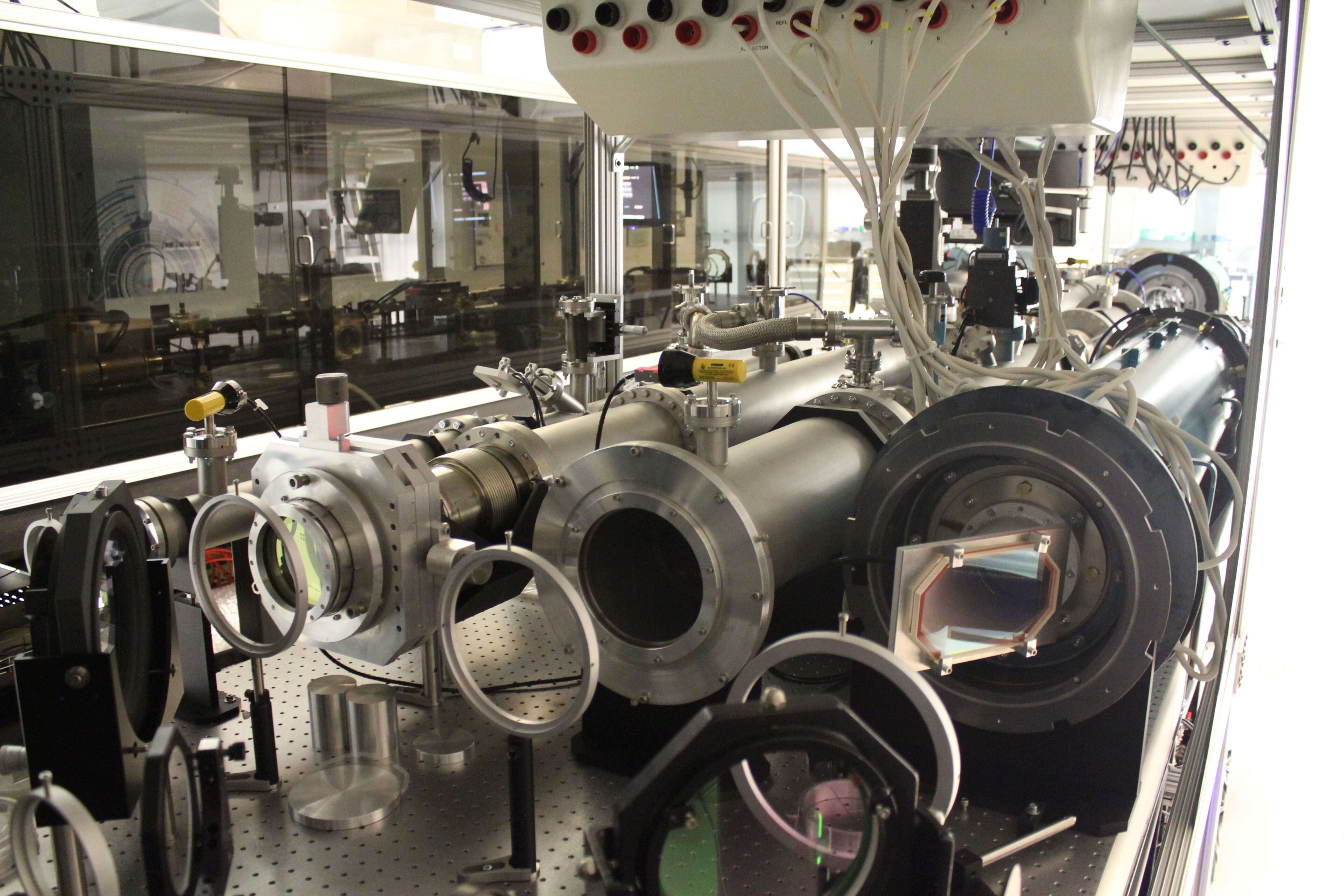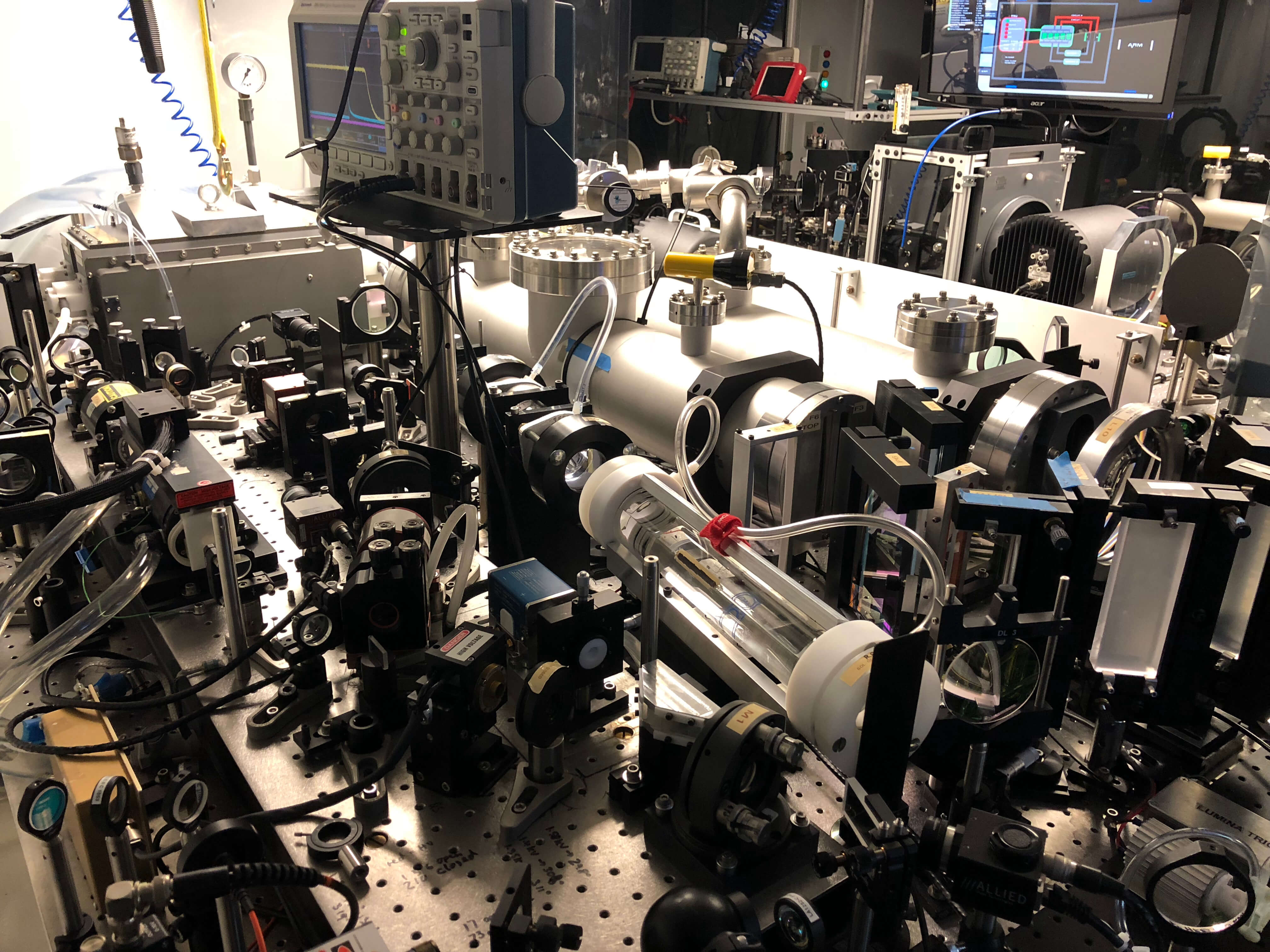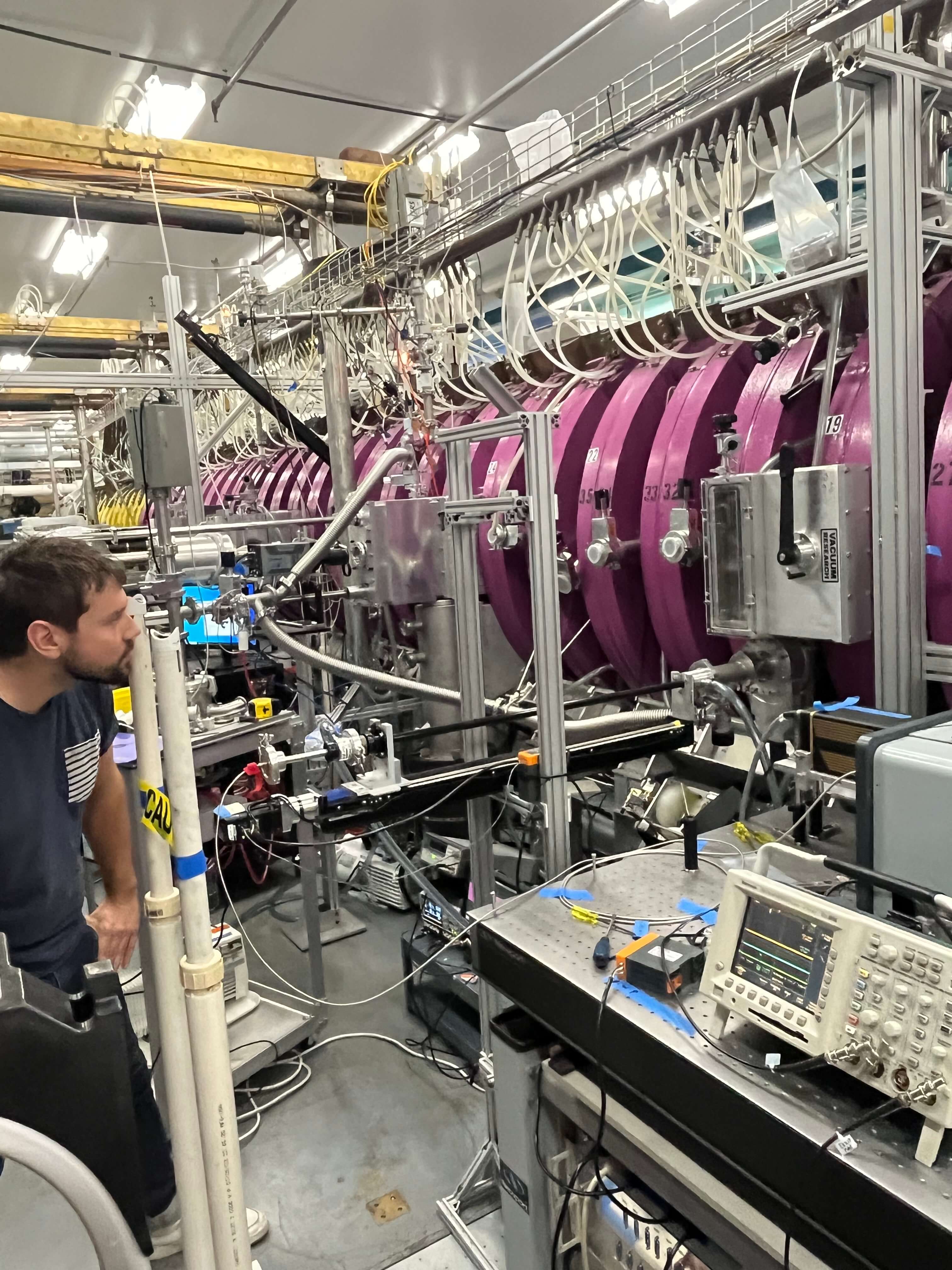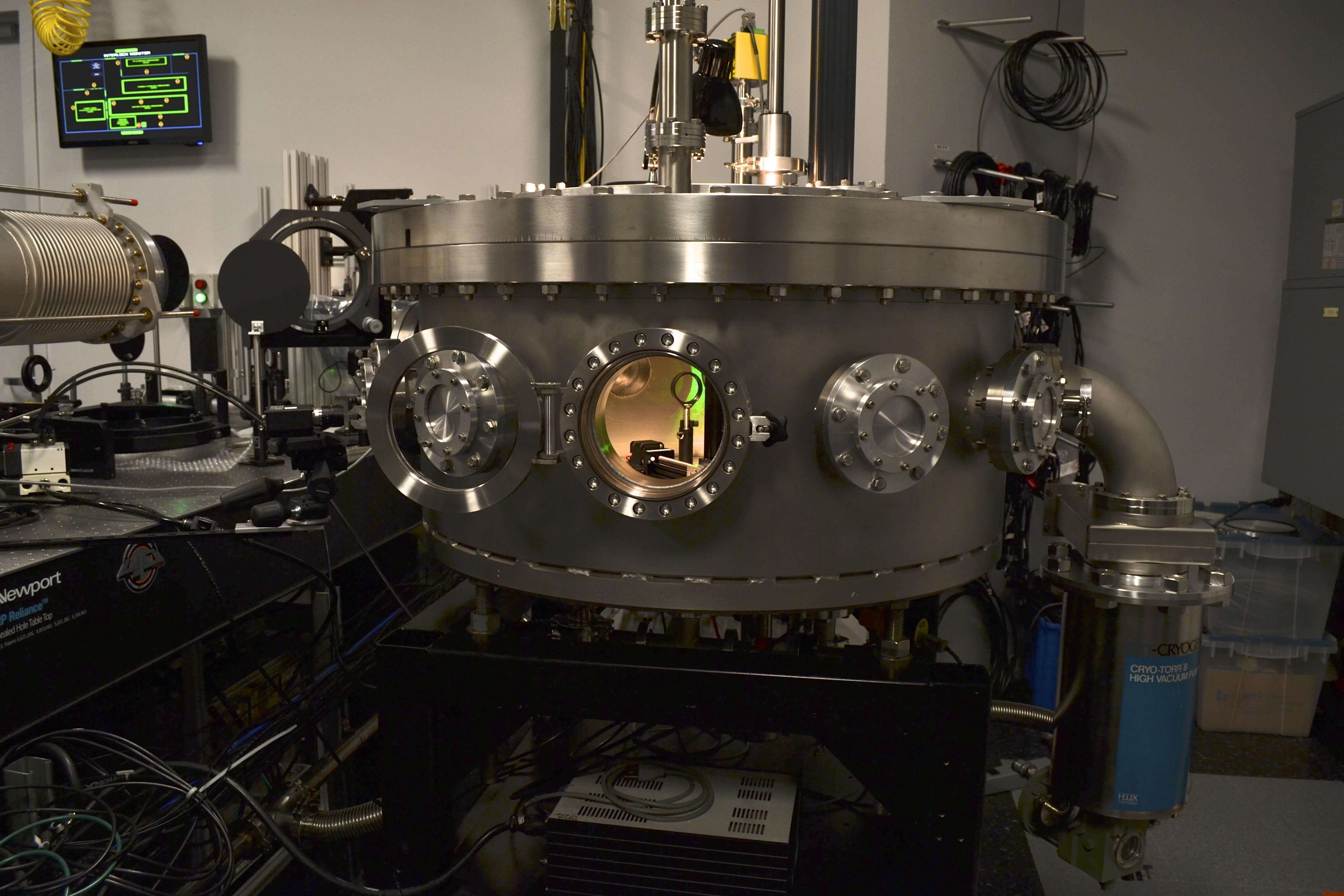Phoenix Laser Laboratory
PHOENIX, RAPTOR and PEENING High-Energy Lasers
- University of California, LA
- Nd: silicate glass pulsed laser
- Nd:glass laser
- Nd:phosphate glass laser
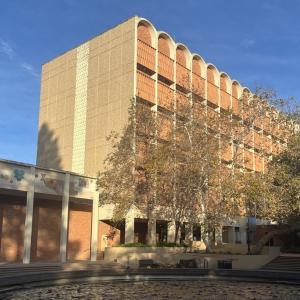
Located in Westwood Village on the west side of Los Angeles, the University of California Los Angeles (UCLA) is the largest UC campus in terms of population, with more than 47,000 undergraduate and graduate students. UCLA is considered a Public Ivy and is the most applied-to university in the country. The greater LA area is a culturally diverse center of art, science, and technology.
Capabilities
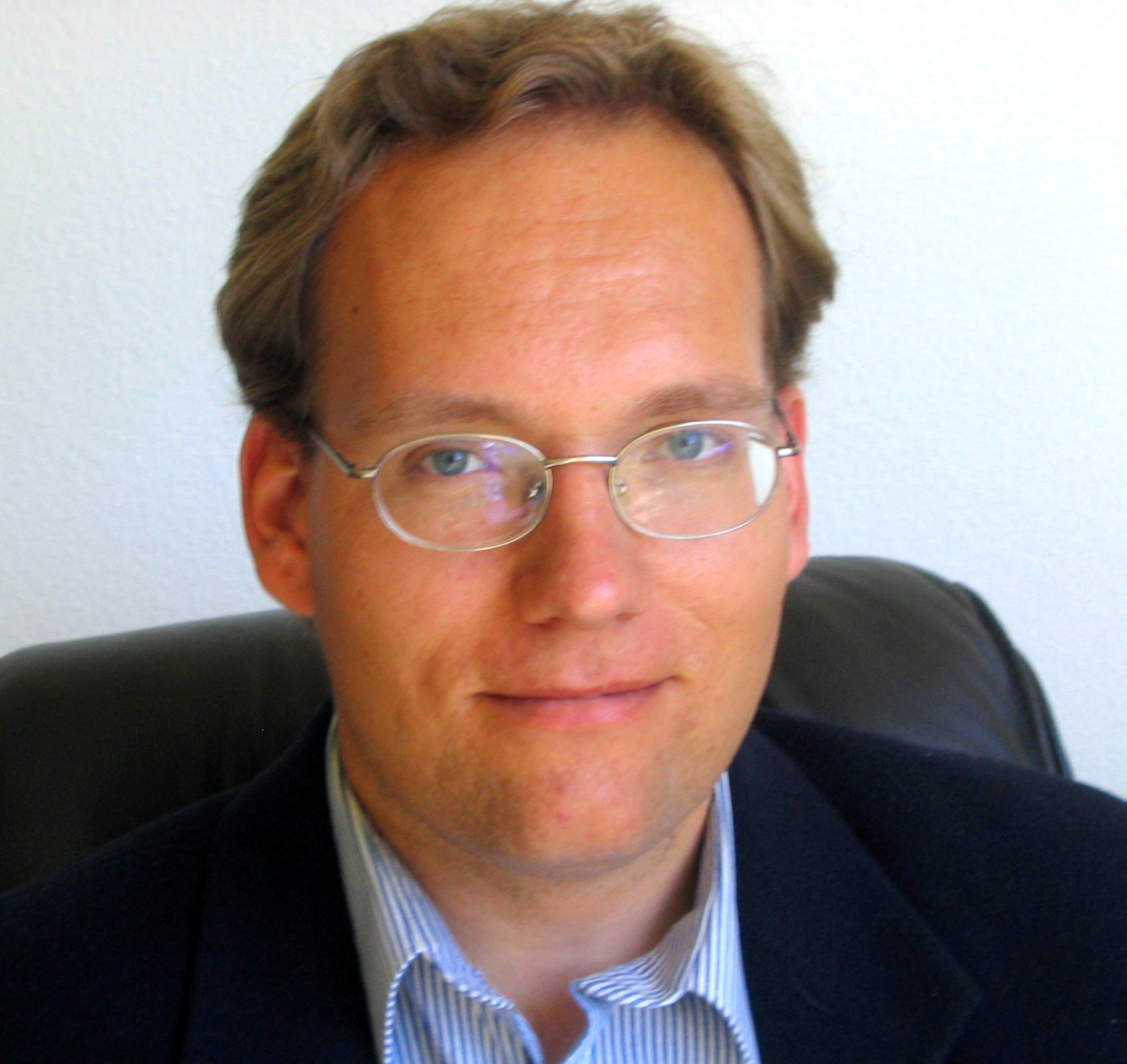
The PHOENIX LASER LABORATORY hosts three lasers with different energy, pulse shape, and repetition rate parameters: PHOENIX, RAPTOR, and PEENING . Each is employed in creating laboratory plasmas with parameters tuned to the research goal or for diagnostics. In our ongoing project, the study of collisionless shocks can be accomplished by shining a focused energetic laser pulse onto a solid target surrounded by an ambient low-density, magnetized plasma. In these experiments, the laser works in tandem with the Large Plasma Device (LAPD) in a quite unique combination of facilities. With proper scaling, this scenario mimics similar events occuring in space that can be accurately reproduce for detailed studies.
RAPTOR Laser
RAPTOR is a Nd:glass laser build in 2010, with parts from the NOVA laser from Lawrence Livermore National Laboratory. It is designed around two disk amplifiers (10 cm and 15 cm disk size), with four passes through the 10 cm amplifier and one pass through the 15 cm output amplification stage. The total energy capability of the laser system is 1 kJ, in 1-100 ns pulses, with a total gain of 1000, at a shot rate of 45 min. (due to air-cooling the amplifiers). The variable pulse shape is obtained by a programmable electro-optic modulator in the front-end of the system.
The pulse power powering Raptor's flashlamps stores up to 500 kJ of energy when charged.
PEENING Laser
PEENING is a Nd:phosphate glass laser commissioned in 2012, which was designed by a team of laser engineers and physicists from Lawrence Livermore National Laboratory. With an output energy of 20 J at a repetition rate of 1-6 Hz, this laser system propulses experiments on elaborated levels of fast, accurate, and detailed data aquisition. The energy is build-up in an 8-pass circuit, through an amplifying glass slab designed to ensure rapid heat removal by turbulent water flow. The thermal birefringence effects are compensated by the use of a phase-conjugation mechanism which corrects the beam from abberations by wavefront reversal. The result is a diffraction-limited beam at high repetition rate.
RAPTOR Laser
| Parameter | Value | Unit | Additional Information | |||
|---|---|---|---|---|---|---|
| Wavelength | 1053 | nm | ||||
| Pulse Length | 1-100 | ns | (variable) | |||
| Output Energy | 300 | J | (max. 1 kJ) | |||
| Repetition Rate | 45 | min. | ||||
PEENING Laser
| Parameter | Value | Unit | Additional Information | |||
|---|---|---|---|---|---|---|
| Wavelength | 1053 | nm | ||||
| Output Energy | 20 | J | ||||
| Pulse Length | 15 | ns | ||||
| Shot Frequency | 1-6 | Hz | ||||
